How a Little-Known Federal Program Creates Opportunities for Migrant Students
Edsurge
MAY 17, 2023
I met Olga in 2017 when I began coordinating the MEP; since then, I have become the regional director of the largest migrant education region in California. Implementing MEP Comes With Challenges The MEP is a federally funded program that was established under the Elementary and Secondary Education Act of 1965.




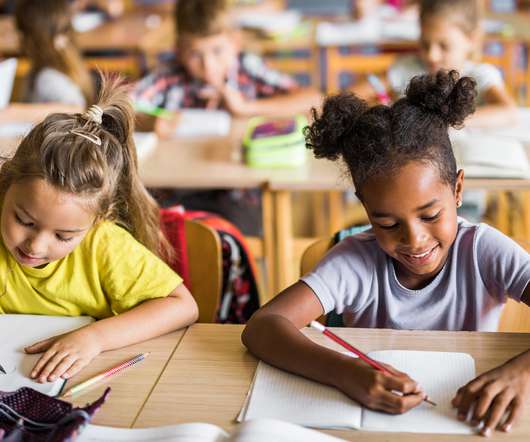


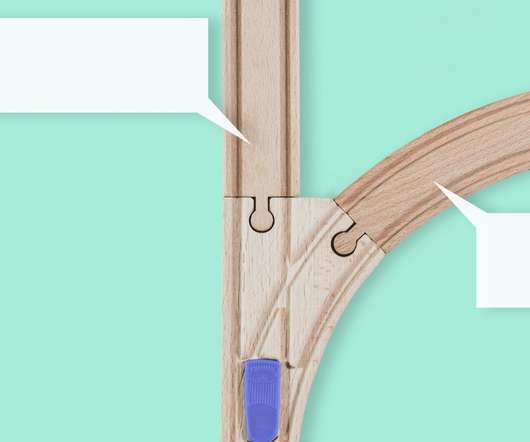














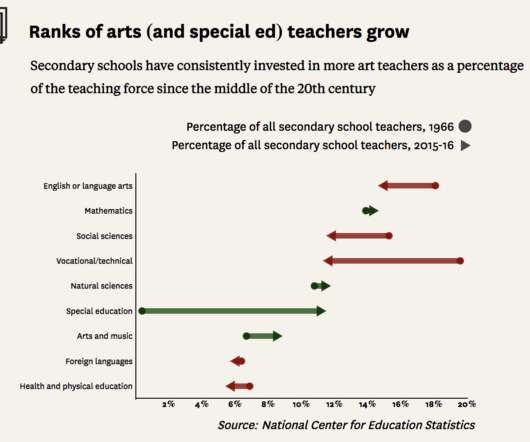











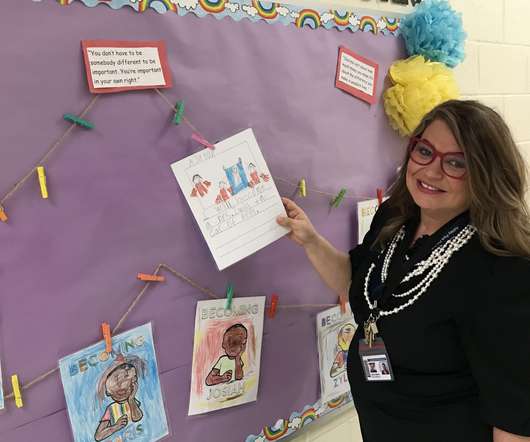
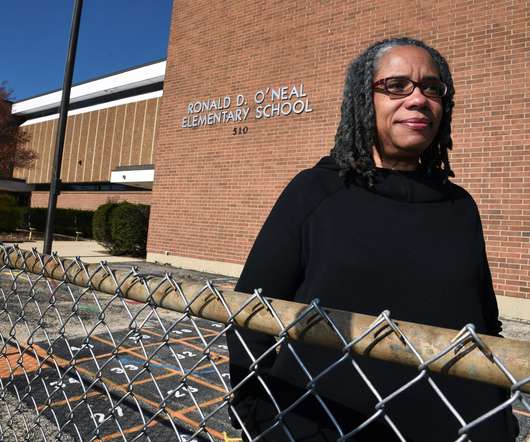









Let's personalize your content